20 Of The Weirdest And Rarest Diseases Known To Mankind
Lists, Nature, Science, Shocking, WeirdThere are an unfortunate number of people currently living around the world who are experiencing some of the rarest, weirdest diseases known to man. Some of these are probably unheard of by many of you, but they do exist, and they are affecting the daily lives of those who are unlucky enough to have come down with the symptoms. There are treatments in some cases, but not all are so lucky. In fact, the majority have no known treatment and they still baffle doctors everywhere.
Exploding Head Syndrome

Exploding Head Syndrome sounds like something out of a bad horror movie, but it’s actually a serious disease affecting thousands around the world. Symptoms of the disease are what sounds like a bomb exploding, a gun firing off, a clash of cymbals, or another form of loud noise within one’s head while trying to sleep. There are no symptoms of pain, swelling or any other physical aspect, however. Individuals over 50 tend to be the most common recipients, but people as young as 10 have reported occurrences, too.
Alice in Wonderland Syndrome

Alice in Wonderland Syndrome sounds like something that was completely made up, but it isn’t, though it is named after the novel by Lewis Carroll. Symptoms include hallucinations, disorientation, dysmetropsia, or size distortion. Symptoms are common within childhood, but most grow out of it within their teens. Symptoms are not harmful and will disappear in time.
Necrotizing Fasciitis
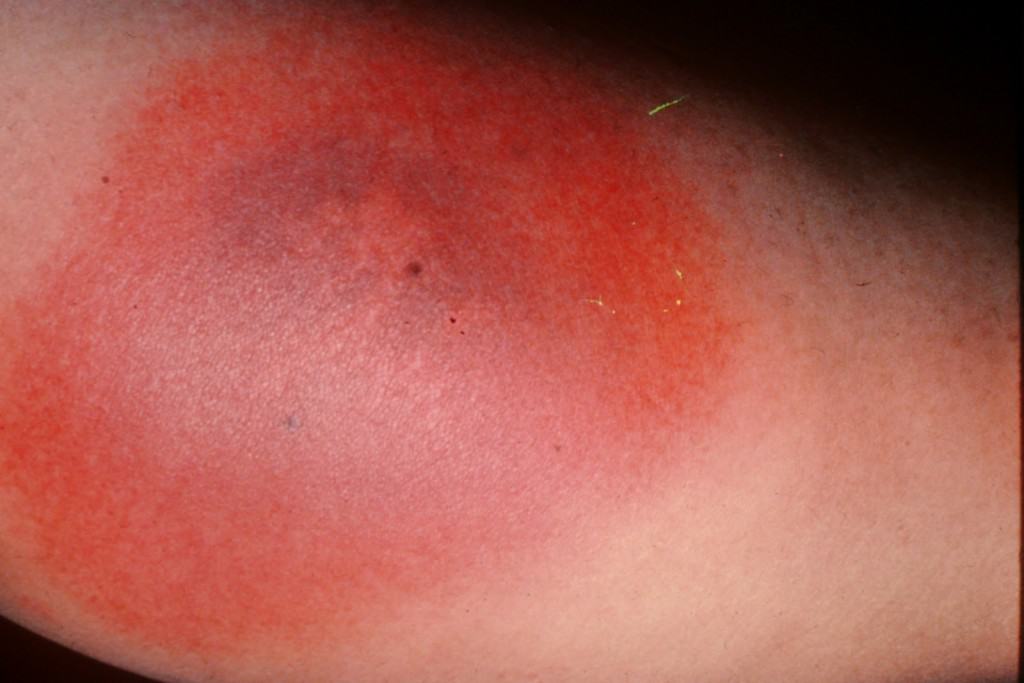
Necrotizing Fasciitis is a rare disease that is commonly known flesh-eating disease. This rare infection occurs within the deeper layers of skin and subcutaneous tissues. These people tend to receive intense pain and severe trauma. Skin becomes discolored and blistered, and a discharge of fluid is present. Surgery is the only way to remove the problem, unfortunately. Mortality rates are as high as 73 percent if left untreated.
Menkes Disease

Menkes Disease affects the level of copper within the body, leading to a deficiency. This recessive disorder is far more common within males, though females are capable of getting it too. Symptoms tend to begin later in childhood in rare cases. Weak muscle tone, sagging facial features, seizures, blue sclera, and brittle hair are the most common symptoms of Menkes. Treatment includes symptomatic and supportive, though injections of copper can benefit the patient.
Alien Hand Syndrome
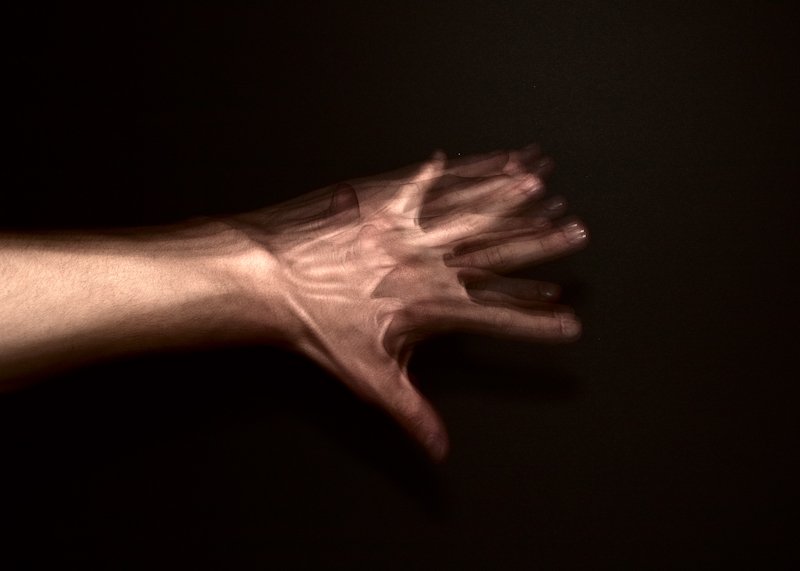
Alien Hand Syndrome is an incredibly rare neurological disease that causes random hand movements without the individual knowing what is happening or having any control. The person can reach for objects and manipulate them without them knowing about it. Unfortunately, there is no known cure for Alien Hand Syndrome. Symptoms can be reduced and managed, however. Holding an object within the affected hand can help a great deal.
Lymphatic Filariasis
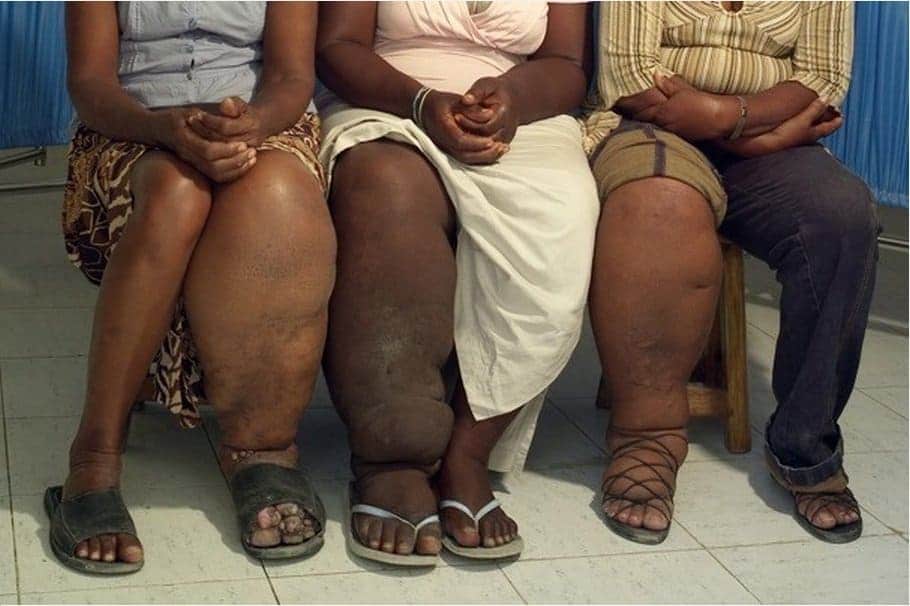
Lymphatic Filariasis, also known as elephantiasis, is caused from a parasitic worm. Cases of the disease have no symptoms at first, though individuals ultimately develop massive amounts of swelling in the arms, legs, or genitals. Skin becomes thicker, and pain can occur. Treatment is available in some cases, including antibiotics to deal with infection.
Cotard’s Delusion

Cotard’s Delusion is a rare mental disease, where the person affected believes themselves to be completely dead. Some people afflicted, however, believe themselves to be completely immortal. Schizophrenia is quite common in many patients too. Treatment generally involves pharmacological drugs. Hemodialysis tends to resolve all symptoms.
Epidermodysplasia Verruciformis
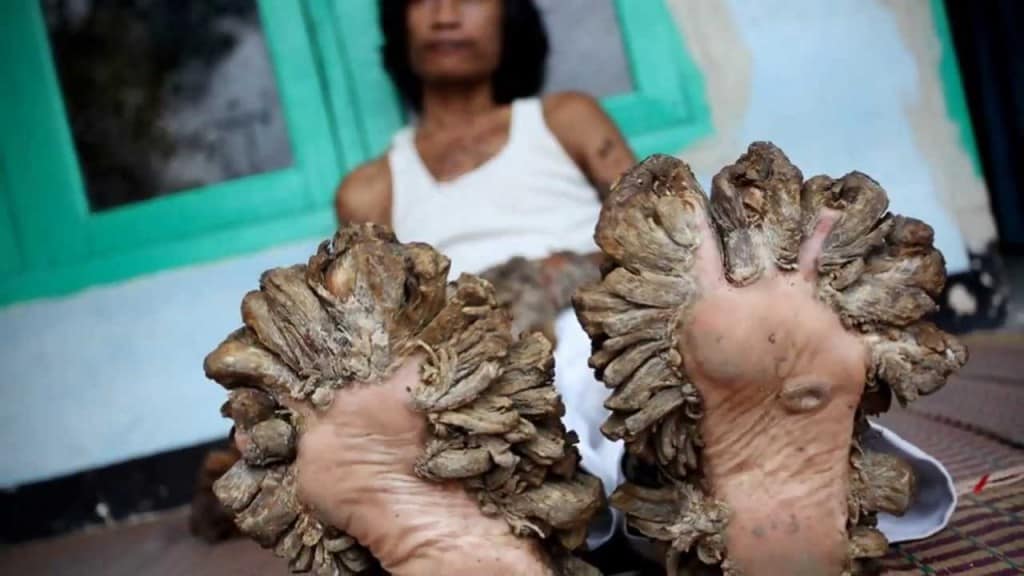
Epidermodysplasia Verruciformis, also known as tree man illness, is extremely rare and genetic. Patients feature an abnormal, red-brown macules on the face, neck, and body. Some cases feature lesions limited to only one extremity. Unfortunately, no serious treatment for EV has been found. Treatments have been suggested, though excisions tends to be the best option available.
Fibrodysplasia Ossificans Progressiva
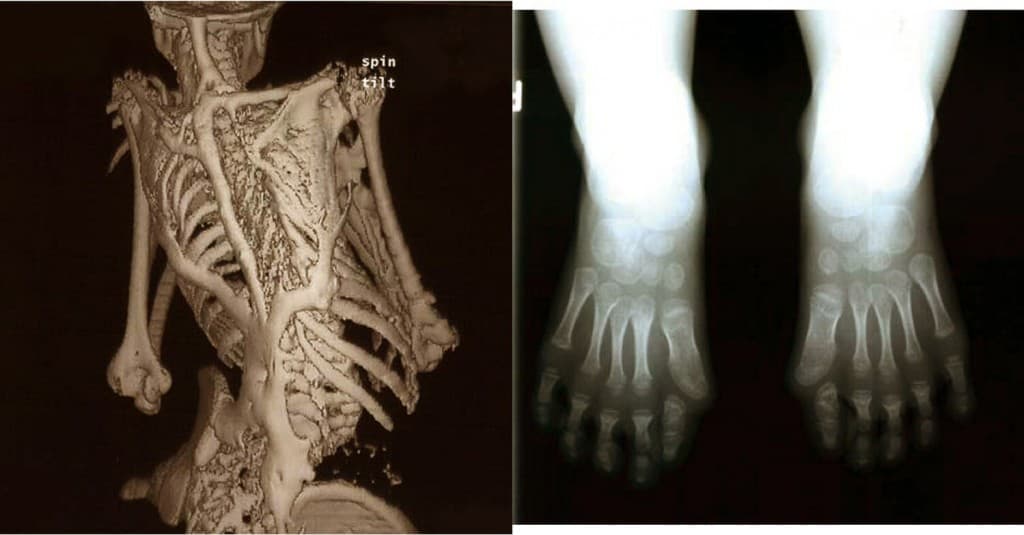
Fibrodysplasia Ossificans Progressiva has been called the Stone Man Syndrome. This rare disease is found within the connective tissue of the body, and is known as a mutation of the body’s repair mechanism. This, unfortunately, causes fibrous tissue to regrow as bone when damaged. Sufferers are slowly imprisoned by the skeleton within their own body. There is no known cure for the disease.
Polydactylism

Polydactylism, or the disease where extra fingers or toes are present on the body, is considered to be one of the more common diseases within the development of birth. One out of every 500 children have Polydactylism. The extra finger or toe tends to be nothing more than soft tissue with no bone. Surgery to remove the extra digit is the only option.
Argyria

Argyria is a disease caused by too much exposure to chemical compounds of silver. The worst symptom of the disease is the skin turning blue or a bluish-grey. Large areas of the body are affected by the disease, though some areas can be localized, such as in patches of skin. A laser is said to help for silver ingestion, though some have died from the disease.
Proteus Syndrome

Proteus Syndrome, otherwise known as Wiedemann Syndrome, causes skin overgrowth and atypical bone development within the human body. Tumors tend to cover the majority of the body of those afflicted. Teams of doctors in Australia have tested a drug to help patients affected by Proteus Syndrome, which has been found to be an effective treatment option.
Werewolf Syndrome
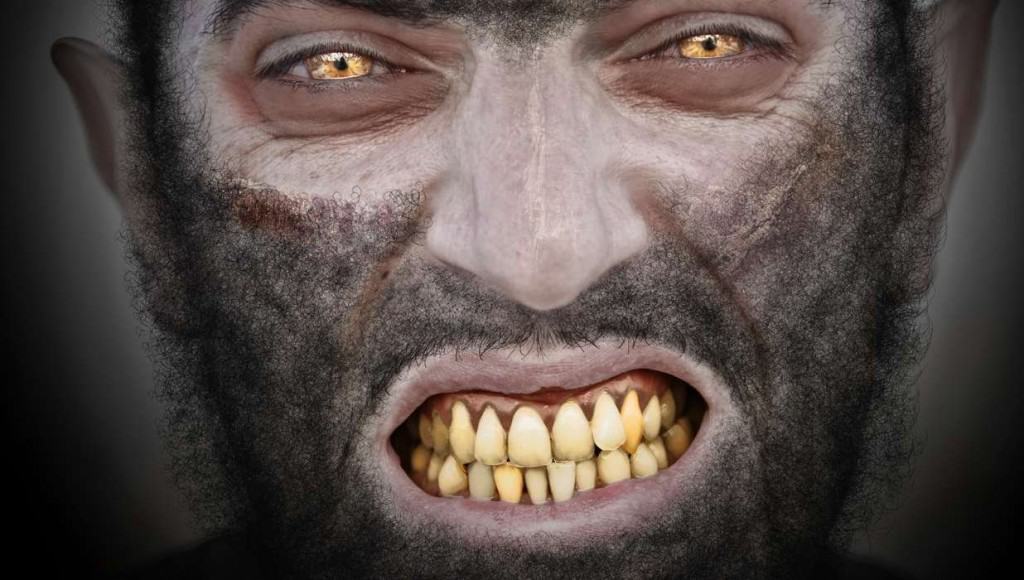
Werewolf Syndrome, most commonly known as Hypertrichosis, is known for the growth of hair over the majority of the body. There are two known types, including generalized, covering the entire body, and localized, which covers a very specific area. There is no cure, however, but you can manage the symptoms in patients. Temporary hair removal can last from several hours to several weeks.
Porphyria
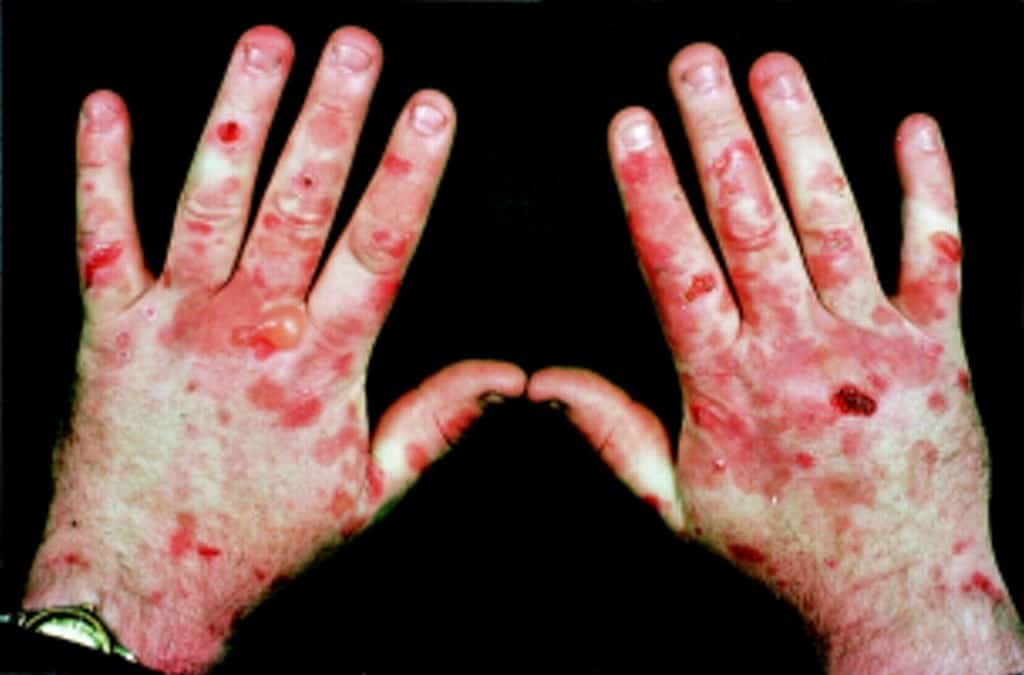
Porphyria is a rare group of inherited or acquired diseases that should help in the production of porphyrins and heme. Abdominal pain, vomiting, neuropathy, and mental disturbances tend to be the most common symptoms. The origin of vampires comes from Porphyria, as patients have trouble facing the sunlight. There is no cure, though treatment for each disease within the group is possible.
Lion Face Syndrome
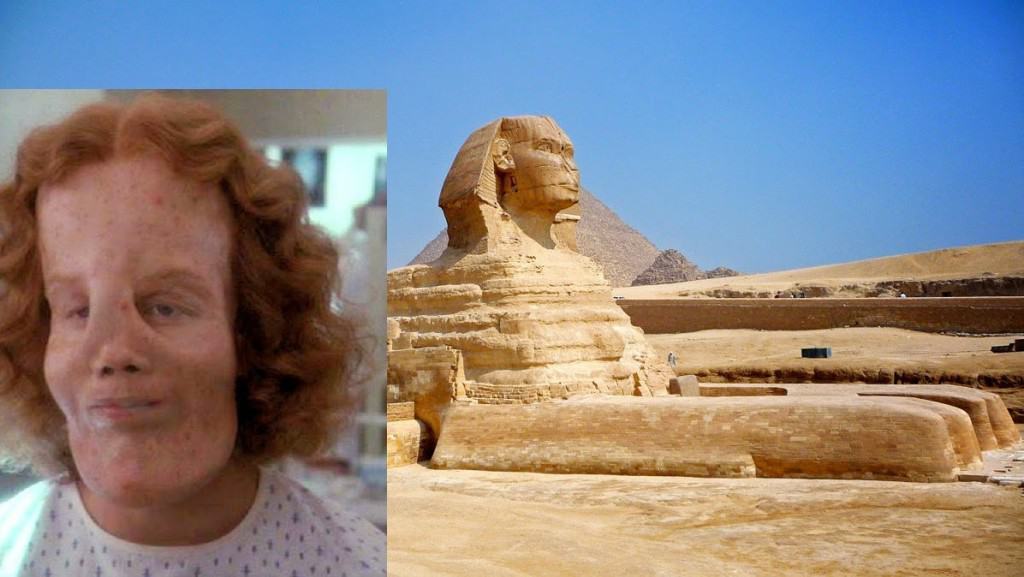
Lion Face Syndrome, otherwise known as Leontiasis Ossea, is incredibly rare. This is characterized by an overgrowth of the facial and cranial bones. Technically, Leontiasis Ossea is not a disease itself, but a symptom of other diseases combined. The increased size of the face hinders the abilities of the mouth, nose and its sinuses. Complete loss of sight is common, as the optic nerve is crushed by bone.
Progeria

Progeria is incredibly rare, occurring in only 1 per 8 million births. The rare disorder resembles aspects of aging, and manifest at an early age. Skin changes, abnormal growth, and loss of hair are the most common symptoms of Progeria. No treatment has ever proved to be effective, unfortunately. Most treatments simply focus on reducing any problems those afflicted are experiencing instead.
Hailey-Hailey Disease
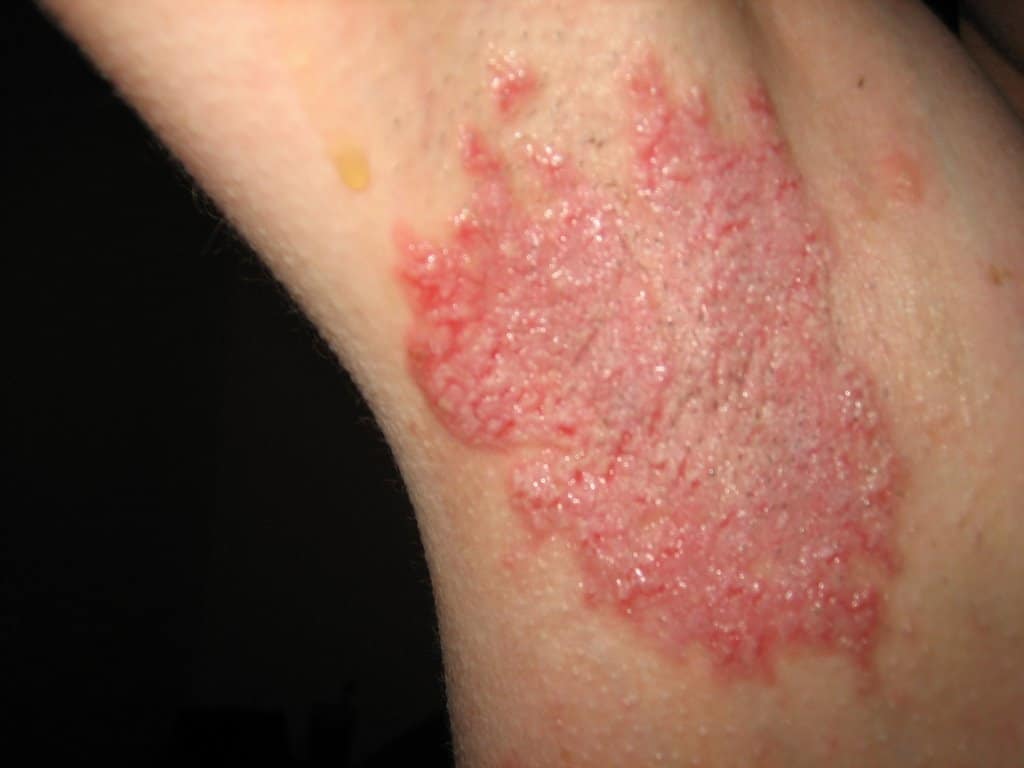
Hailey-Hailey Disease is known for the blisters and lesions that appear on the victim’s skin. These usually come and go, but heal without any scarring. After puberty, those with Hailey-Hailey Disease will begin to notice the blisters and lesions occurring on the surface of their skin. Symptoms can develop at any age, however. Unfortunately, there are no antibodies to fight this genetic disease.
Cronkhite-Canada Syndrome
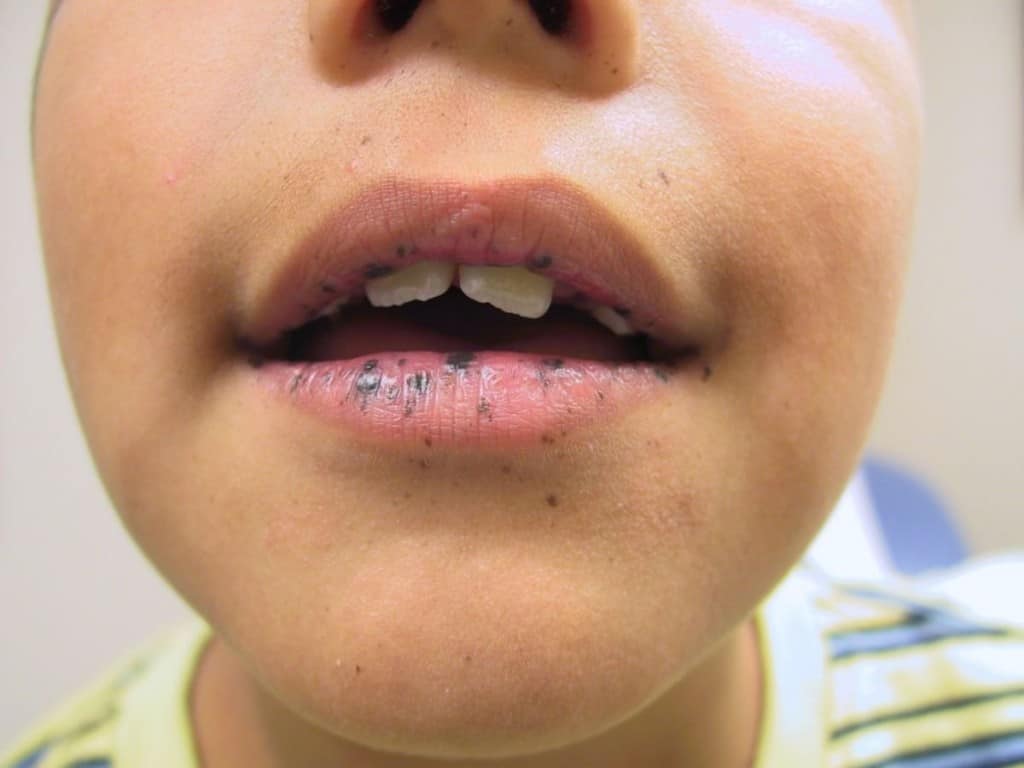
Cronkhite-Canada Syndrome is an incredibly rare disease where the victim loses their sense of taste, grows intestinal polyps, hair loss, and nail growth problems. Malabsorption occurs, which means the disease harder to treat. CCS occurs within older people – with the average age being 59 – but is not believed to be genetic. Within the past 50 years, only 400 known cases have been documented, primarily throughout Japan.
Parry-Romberg Syndrome

Parry-Romberg Syndrome is an acquired disorder that medical doctors are unclear as to how a patient contracts the disease. Typically, symptoms appear before the age of 20. Those symptoms include skin and soft tissues on one half of the face beginning to shrink, leading to a non-symmetrical appearance for the victim. Severity varies between those who acquire the disease. Unfortunately, there are no known cures for PRS.
Lamprey Disease

Lamprey Disease was one of the most terrifying diseases said to be spreading among the human population. However, it was later revealed to be an email hoax that preyed on those who would be particularly grossed out by the idea of a body part being replaced by the mouth of a Lamprey. It was said to feature a “toothed, funnel-like sucking mouth” on various body parts, such as in the eye. Thank goodness for this one being called out.



